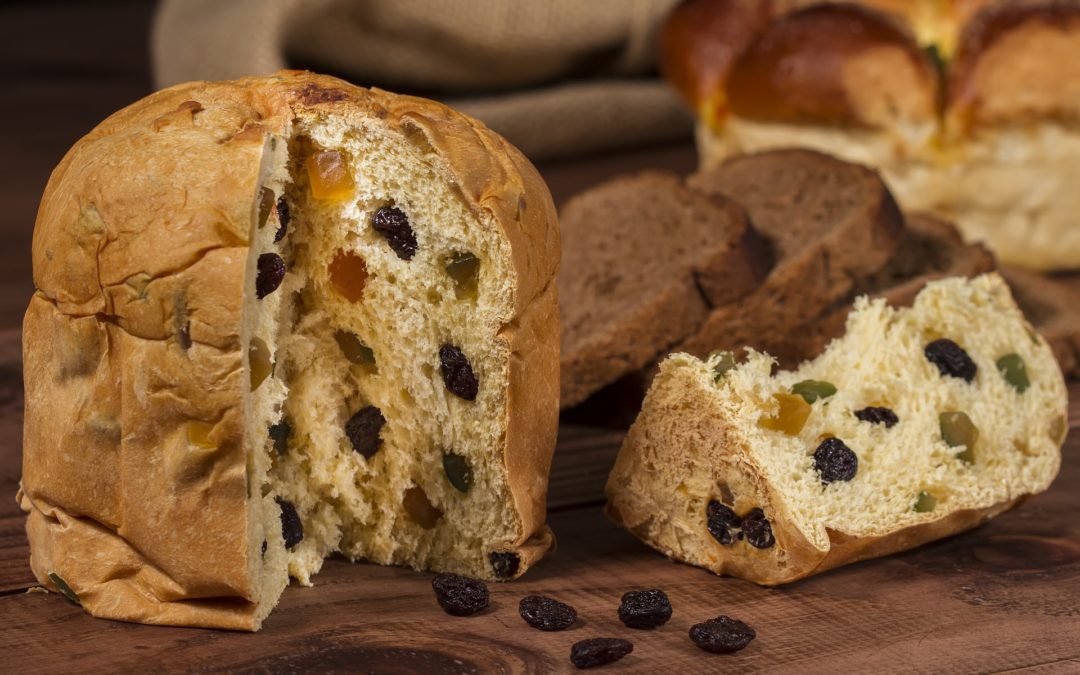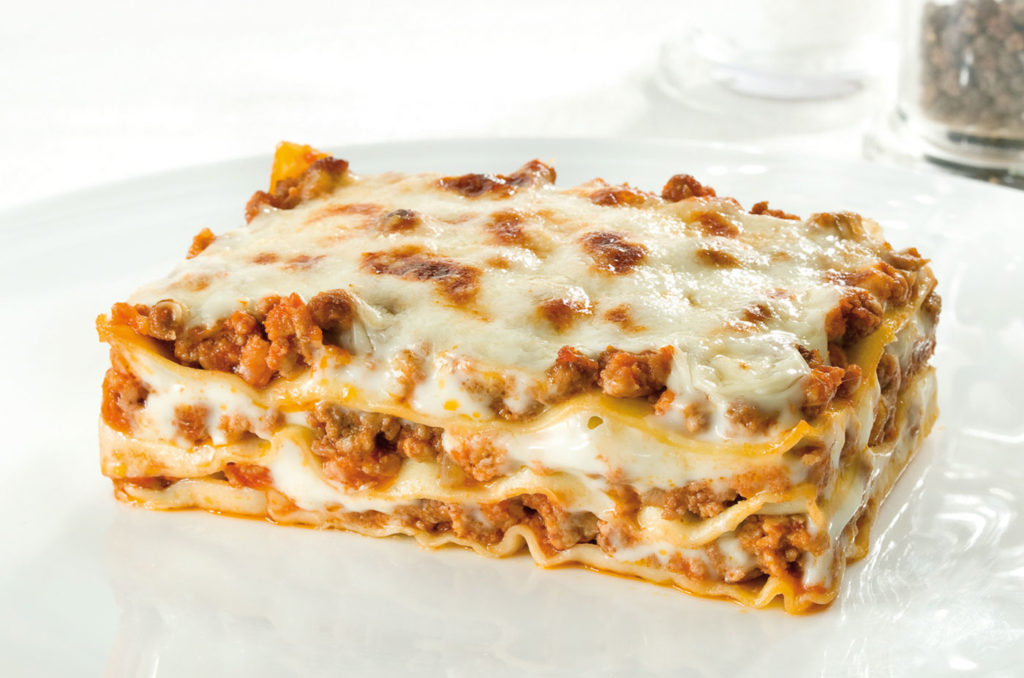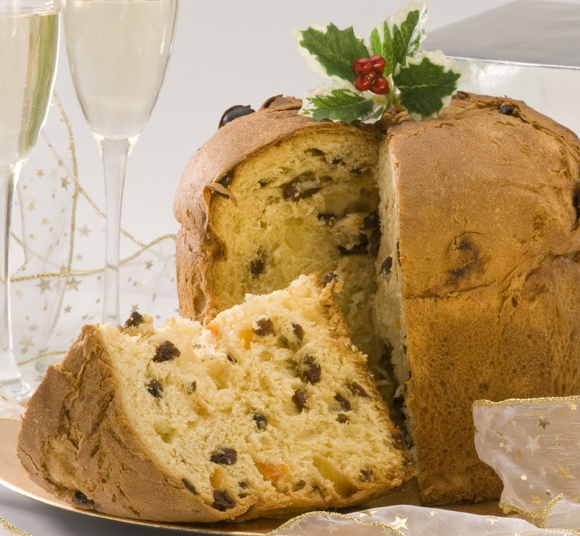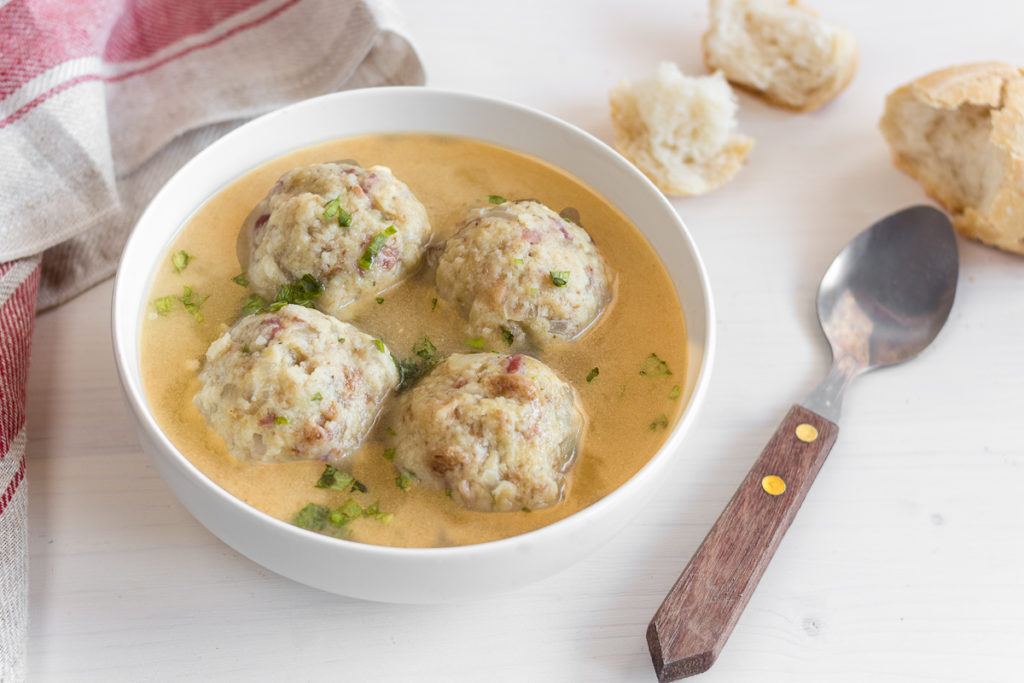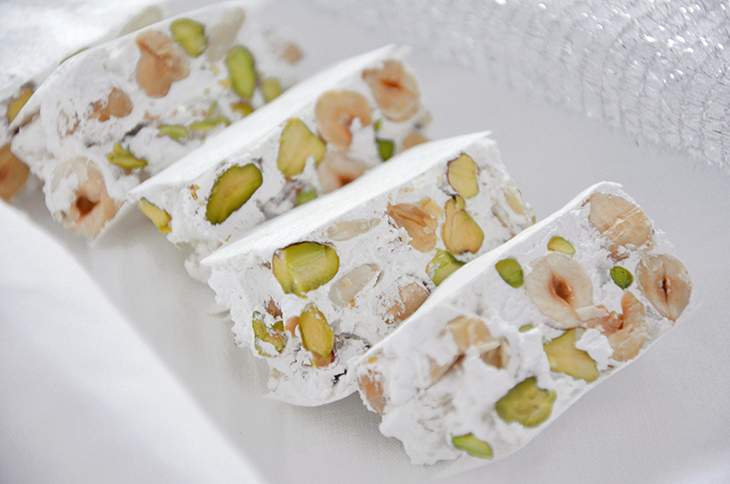Every country around the world has its own Christmas food traditions. From mince pies in the UK and stollen in Germany, to fried chicken in Japan and tamales in Costa Rica, each nation marks the festive season with different edible delights. Italy, of course, is no different. With strong regional culinary traditions, Il Bel Paese has lots to offer in terms of Christmas fare, and this is being appreciated abroad more than ever before. How do you tell your Italian Christmas food is of good quality though? Here’s our brief guide to Italy’s most common Christmas Foods and how to evaluate them.
Lasagna
One of Italy’s most well-known food exports, lasagna is a common sight on Italian tables around Christmas. With a history that can be traced back almost two millennia, lasagna has evolved to have a multitude of variations – each unique to a particular place in Italy. While each version is slightly different, lasagna commonly consists of interspersed layers of pasta sheets, cheese, and sauce (either with or without meat). The two most recognised interpretations of this famous dish come from Bologna and Napoli, which differ in a number of ways. The former uses egg pasta sheets, whilst the latter relies only on durum wheat pasta. The bolognese version also uses besciamella as a binding ingredient – the napolitan version substitutes this for ricotta. In terms of the ragù, lasagna alla bolognese generally uses minced meat (a mix of pork and beef), whilst in Napoli larger chunks are preferred.
How to assess the quality
Regardless of which version of lasagna you settle on, the quality of the pasta sheets are fundamental. Dry pasta sheets are commonly used in Italian households (though fresh sheets can also be used), and their quality is assessed just like any other type of pasta – their composition. Good quality dry pasta should have a high protein content and be made using the right shaping dies – take a look at our previous post on how to buy dry pasta like an Italian.
Panettone
This Italian sweet loaf is now a staple in many family’s christmas pantries, wherever they are in the world. Panettone has its origins in medieval Italy, where it was served at christmas banquets by noble families. These days, it’s more likely to be enjoyed with a glass of prosecco or coffee during the festive period, and has many variations. The classic panettone is made of fairly light, sweet dough, and contains candied fruits. Other types include different mixes of chocolate, marzepane, nuts, and other liquors.
How to assess the quality
A high quality panettone should have an almost-fluffy texture, and is easy to tear. If it contains candied fruits, these should be used sparingly throughout the dough – panettone is not fruitcake.
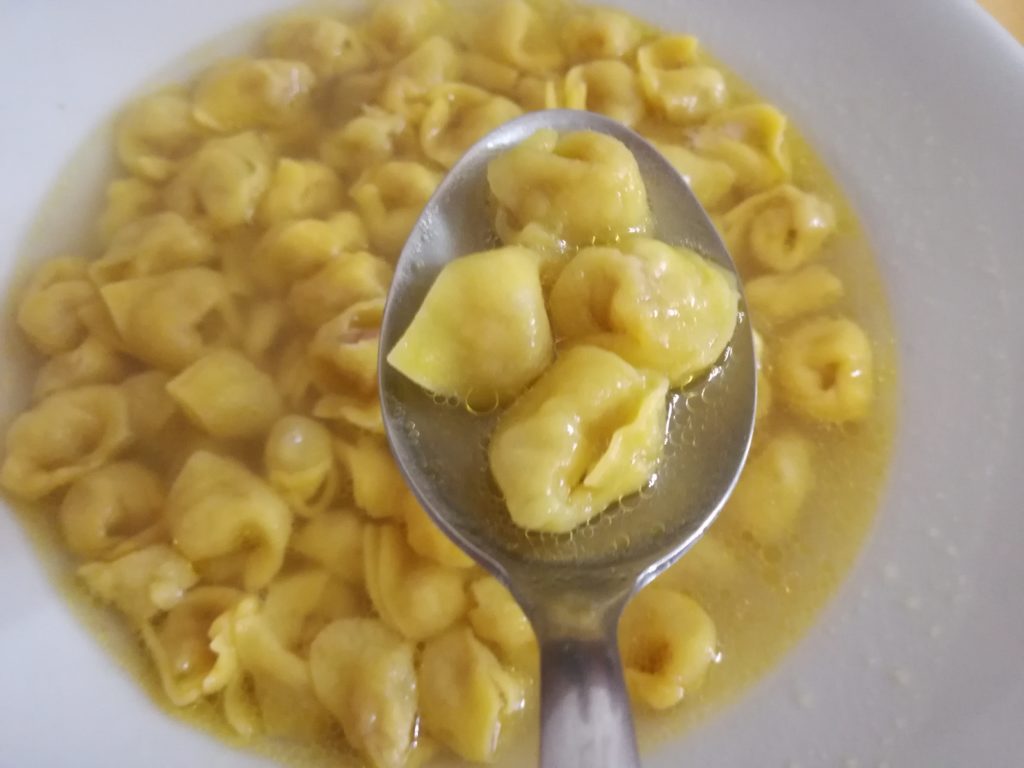
Tortellini in brodo
Strongly connected with the city of Bologna, it’s thought that tortellini in brodo have been eaten during the Christmas period ever since the 12th century. Tortellini are small, folded rings of pasta which traditionally enclose pieces of meat and occasionally parmesan. According to various food historians, tortellini were born of the desire to reuse scraps of meat leftover from the feasts of noble families. The broth of this hearty winter dish is generally made with leftover bones and chicken, alongside the classic soffritto mix of carrots, onions, and celery.
How to assess the quality
Whilst tortellini in brodo might have once been thought of as belonging to la cucina povera, this label doesn’t really apply these days. Better quality tortellini have a higher meat content – you don’t want to eat them with only a hint of meat.
Canederli
Not as widely recognised as other Italian festive foods, canderli are savory dumplings that are traditionally made with flour, eggs, stale bread, milk, onion, and speck. Legend has it that canderli were first made when Landsknecht mercenary soldiers in the 15th century entered a tavern near Bolzano, demanding to be fed and threatening the innkeeper if they were not sated. The story goes that the innkeeper barely had any food left in his kitchen, so threw together what he did have and gave it to the soldiers – the soldiers had their fill, and the innkeeper lived to tell the tale.
How to assess the quality
As with any dumpling, canderli must be able to hold sauce without disintegrating easily, and they must not contain lumps of flour.
Torrone
Another yuletide sweet connected to Italy is the torrone, a nougat containing an assortment of nuts and candied fruit. It’s thought that this desert was brought to the Italian peninsula by the Arabs as far back as the 11th century – some food historians believe it’s an altered version of the arabic desert of Turun, made of honey and sesame seeds. Regardless of its origins, it’s still widely enjoyed around Italy today in the festive period and comes in many varieties – from hard to soft nougat, containing everything from pistachios to chunks of chocolate.
How to assess the quality
Given the wide array of torroni available, it’s quite difficult to generalise on assessing the quality of any one individual product. As a rule of thumb, however, those that tend to be the most popular have a clay-like consistency – not too hard, not too soft.
As we come into the festive season, food shelves will be stocked high with all kinds of Christmas treats. Among all on offer, Italian Christmas food is sure to be prominent. Whether you’re replenishing stock at the last minute, or even thinking about next year’s Christmas food offerings at your organisation, we hope our brief guide will give you an idea of what Italian products to consider and how to assess their quality.
At Link SRL, The Italian Food Experts, we help international food buyers connect with small to medium Italian producers on a range of products. Why not take a look at some of the Italian producers we’re currently with? If you’re looking for any other Italian product, please don’t hesitate to get in contact with one of our dedicated Italian Food Experts.

